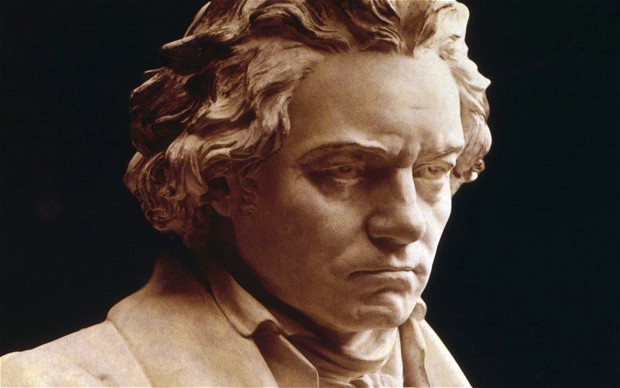A Strad in the Attic
It’s a familiar and often dubious story which almost always ends in disappointment…A homeowner discovers a long-forgotten violin tucked away in a dusty attic. On a slip of paper inside the instrument’s f holes, the words “Antonio Stradivari” can be faintly made out. Most of the time, on closer inspection, these instruments are determined to be cheap copies. But the recent discovery of a 1731 Stradivarius, which belonged to Rodolphe Kreutzer, proves that …


